Understanding Growth Hormone
Known as somatotropin or human growth hormone (GH), this essential peptide hormone is produced in the anterior section of the pituitary gland. It is critical for increasing protein production, regulating carbohydrate and sugar metabolism, assisting tissue recovery after injury, and supporting the optimal functioning of various organs and systems. Growth hormone is essential for promoting growth, cellular development and regeneration in both humans and animals, underlining its importance in the developmental stages of life.
GH is instrumental in the development and growth of body tissues and organs, driving bone growth and influencing the metabolism of fats, carbohydrates, proteins and minerals. It also ensures the balance of fluids and electrolytes in the body. It initiates the breakdown of fat in adipocytes, improves the absorption of amino acids and maintains nitrogen in the muscles, which helps preserve strength and muscle mass. Furthermore, GH influences the secretion of insulin-like growth factor 1 (IGF-1), mainly in the liver, which has a significant impact on growth and metabolic functions.
Peak growth hormone production occurs during growth phases, facilitating our progression from childhood to full adulthood. The maximum hormone secretion occurs in early youth and during puberty, with a notable decrease starting from around the age of 25.
Growth hormone is appreciated for its ability to enhance muscle mass through anabolic and anti-catabolic effects, promoting protein synthesis and slowing down its degradation. It is essential for reducing subcutaneous fat layers and increasing fat burning during physical activity, highly appreciated by athletes.
Additionally, somatotropin manages carbohydrate metabolism by producing an anti-insulin effect (reducing the effectiveness of insulin), which increases blood glucose levels to provide energy during physical exertion. It also helps prevent osteoporosis by improving the absorption of calcium by the bones, especially important during muscular effort.
Effects of growth hormone
Growth hormone acts as an essential intermediary, primarily involved in the production of insulin-like growth factor (IGF-1), which carries out most of the effects commonly associated with growth hormone. Growth hormone also directly influences various bodily functions through binding to specific receptors.
Key functions facilitated by growth hormone include:
- Stimulate lipolysis – the transformation of fat molecules into fatty acids.
- Increases the permeability of cell membranes to certain amino acids, thus providing vital building blocks to cells.
- Improve calcium retention in the body, which strengthens bones.
- Strengthen the immune system.
- Facilitate the conversion of thyroxine (T4) to triiodothyronine (T3).
- Increase blood glucose levels.
Role of growth hormone in the production of IGF-1
Although some of growth hormone’s actions are immediate, many of its functions are mediated by the insulin-like growth factor IGF-1 (formerly known as somatomedin C). Produced in the liver thanks to the influence of somatotropin, IGF-1 is essential for the development of internal organs. Most of the benefits of growth hormone in athletics arise from IGF-1, which positions growth hormone primarily as a facilitator in the synthesis of this secondary hormone. The growth and improvement of body tissues attributed to growth hormone are primarily due to the effects of IGF-1.
Additional benefits of IGF-1 include:
- Increase the body’s antioxidants.
- Reduce inflammation.
- Maintain stable blood sugar and electrolyte levels.
- Help prevent cardiovascular disease.
- Improvement of cognitive functions, especially useful in recovery from stroke.
- Support muscle growth through anabolic activity.
- Speed up the healing process by increasing collagen production.
- Strengthen bones through increased calcium retention, thus improving bone density.
Applications of growth hormone
Improve the resilience of tendons and joints
In sports like powerlifting, where tendon strength is critical, growth hormone shows significant benefits. In team sports and combat disciplines with frequent tendon injuries, growth hormone is increasingly used for faster recovery.
Improve explosive strength
Useful for sprinters and athletes in dynamic sports, growth hormone helps improve speed and explosiveness.
Increase muscle mass
Higher levels of somatotropin lead to increased protein synthesis and reduced amino acid oxidation, promoting muscle growth. Growth hormone also blocks the absorption of glucose by fat cells, promoting muscle anabolism and preventing fat accumulation.
Reduce fat
With strong fat burning properties, growth hormone is popular among bodybuilders and those aiming for an athletic physique.
Anti-aging effects
Beginning in the mid-40s, the natural decrease in somatotropin production can lead to symptoms of aging. Synthetic growth hormone can help mitigate these effects.
Recommended dosages
- For anti-aging: 1-1.5 IU per day
- To improve the strength of tendons and joints and promote recovery: 2-3 IU per day
- To speed up recovery after intense efforts: 3-4 IU per day
- For fat reduction: 3-6 IU per day
- To strengthen muscle mass: 6-12 IU per day
Risks and limitations
- People with cardiovascular problems
- Individuals diagnosed with cancer
- Those with type 2 diabetes
Possible side effects
Generally safe when used correctly, growth hormone may cause some adverse effects such as fluid retention, increased blood pressure, and higher blood sugar levels. These can include:
- Carpal tunnel syndrome
- Fluid retention
- High blood pressure
- Decreased thyroid activity
- Hyperglycemia
- Joint pain
Manipulation and storage of growth hormone
The dry form of growth hormone comes with a vial of powder and a vial of water for reconstitution. This freeze-dried powder must be mixed with the supplied solvent (bacteriostatic water) according to specific guidelines for preparing the solution. Once reconstituted, store the liquid hormone as directed to maintain its effectiveness.
Preparation of the hormone solution
- Draw the solvent into the syringe, usually about one milliliter per vial.
- Inject the solvent into the vial with the lyophilized powder, allowing the liquid to flow down the side of the vial to avoid direct contact with the powder.
- Gently shake the vial to dissolve the powder without shaking vigorously. Once dissolved, the hormone is ready for use and should be stored at refrigerated temperatures for up to 14 days or at room temperature for up to three days.
Appropriate storage methods
Store unmixed powder at room temperature or refrigerated, away from direct light and heat. The dry form of somatotropin remains stable for up to three years under appropriate conditions.
Once the vial is opened, the hormone must be used within two weeks to maintain effectiveness, and it is advisable to refrigerate the product if the integrity of the package is compromised.
The bacteriostatic water used for reconstitution must also be kept refrigerated to preserve its sterility and effectiveness.
Common questions
Is post-cycle therapy necessary after using human growth hormone?
Post-cycle therapy is not necessary after using growth hormone as it does not affect sex hormone levels.
Are HGH injections painful?
Administered with a fine needle, HGH injections are designed to be minimally invasive and are generally painless.
Effects of growth hormone on women
Many women use HGH to fight aging and lose weight. Deficiency symptoms such as dry skin, thinning hair and increased abdominal fat can be alleviated with hormone therapy, which also supports a healthy skin and bone structure.
Expectations from the use of growth hormone
In sports, growth hormone is sought after for its fat-reducing abilities. Studies also show an increase in lean muscle mass and muscle cell volume resulting from its use.
Combination of growth hormone with anabolic steroids
Combining growth hormone with anabolic steroids is a common practice among bodybuilders to enhance the effects of steroids.

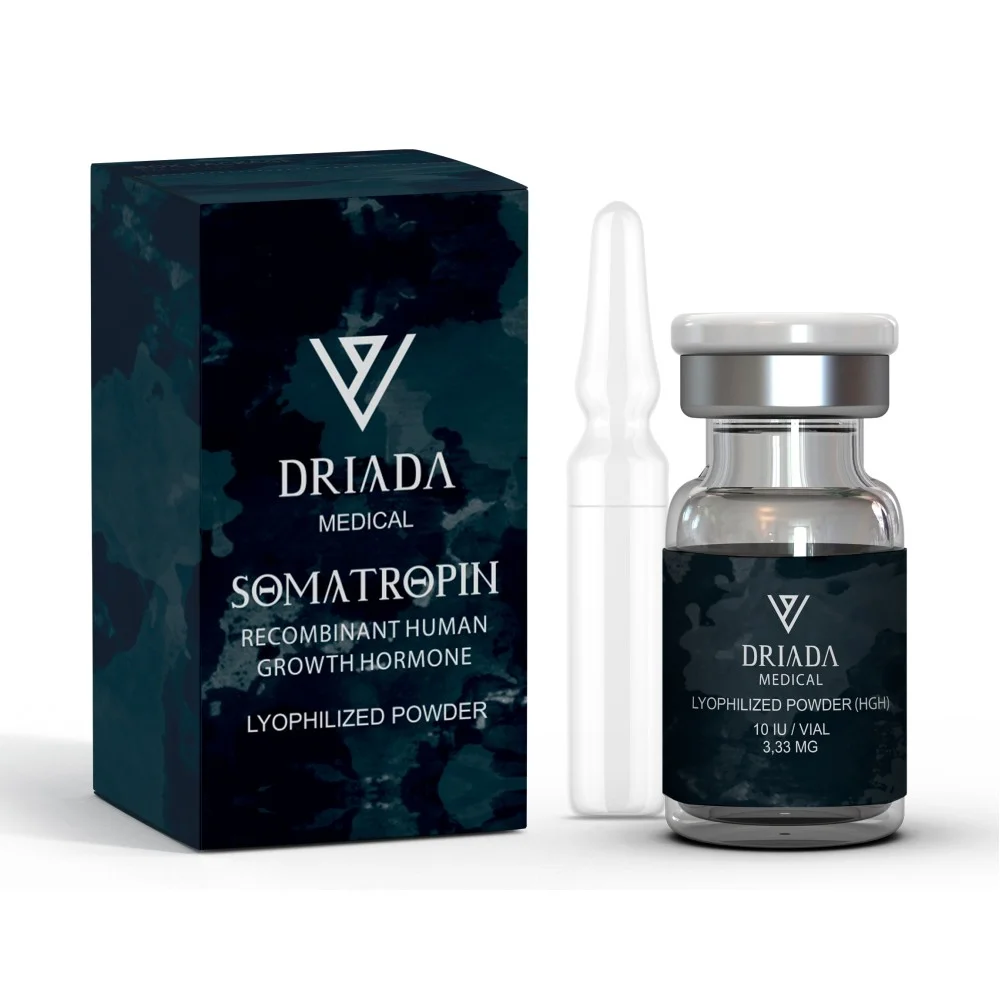

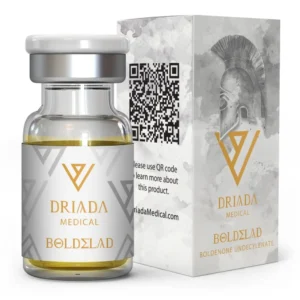
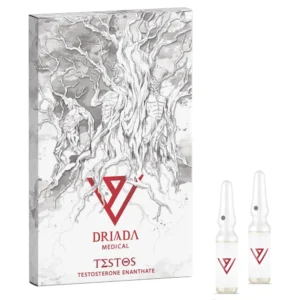


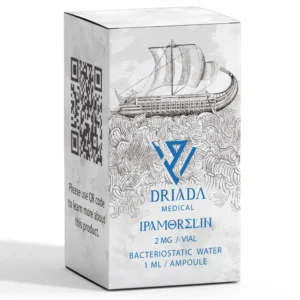
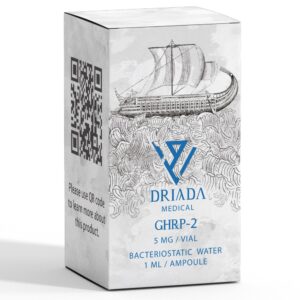
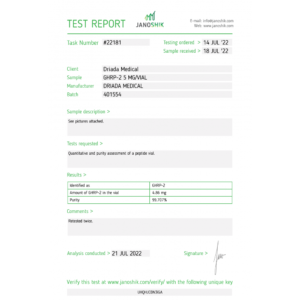




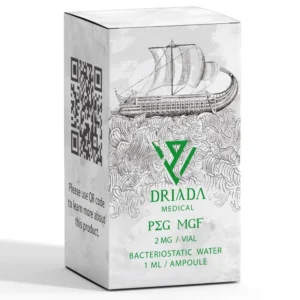
Reviews
There are no reviews yet.